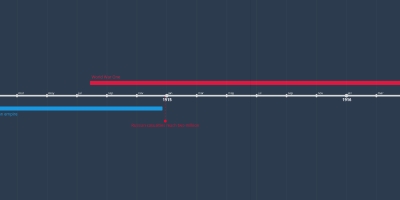Government under Lenin (dec 30, 1917 – jan 1, 1924)
Description:
"In 1922, Lenin's Communist government untied much of the old Russian empire into the USSR, or Soviet Union. The Communists produced a constitution that seemed both democratic and socialist. It set up an elected legislature, later called the Supreme Soviet, and gave all citizens over 18 the right to vote. All political power, resources, and means of production would belong to workers and peasants. The Soviet Union was a multinational state made up of European and Asian peoples. In theory, all the member republics shared certain equal rights."
"On the economic front, Lenin retreated form his policy of 'war communism,' which had brought the economy to near collapse. Under party control, factory and mine output had fallen. Peasants stopped producing grain, knowing the government would only seize it."
"In 1921, Lenin adopted the NEP. It allowed some capitalist ventures. ALthough the state kept control of banks, foreign trade, and large industries, small businesses were allowed to repopen for private profit. The government also stopped squeezing peasants for grain. Under the NEP, peasants held on to small plots of land and freely sold their surplus crops. Lenin's compromise with capitalism helped the Soviet economy recover and ended armed resistance to the new government. By 1928, food and industrial producion climbed back to prewar levels. The standard of living improved, too. But Lenin always saw the NEP as just a temporary retreat from communism. His successor would soon return the Soviet Union to 'pure' communism" (textbook, pg 482).
Added to timeline:

Russian Revolution
Date:
Images:
![]()
